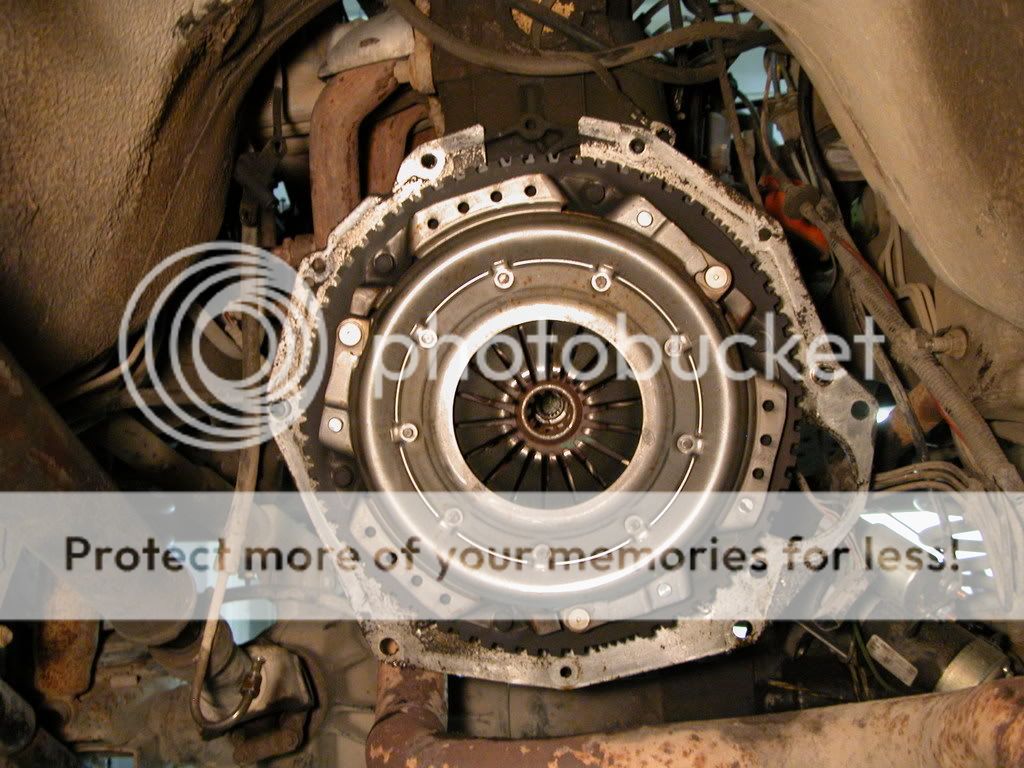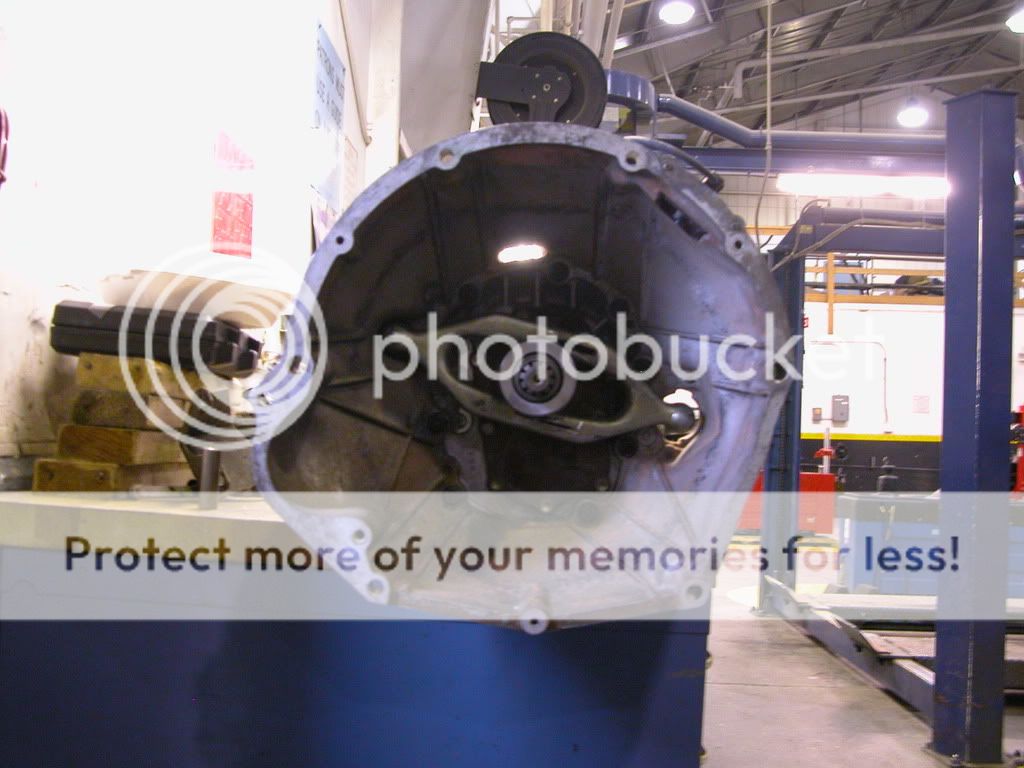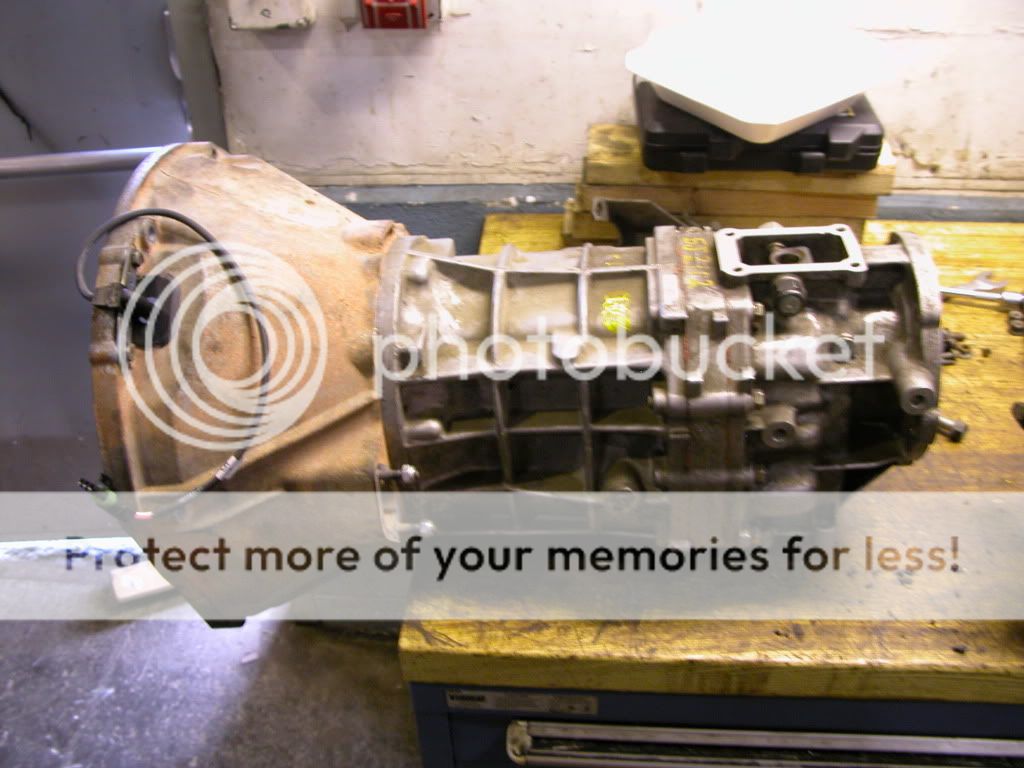Well Done... Torx Heads ??? Why Oh why??
Nick
Internal wrenching Torx came about because you could apply more torque to a Torx wrench than you could to a comparable hex key.
External wrenching Torx came about for a similar reason (more applied torque than a comparable hex head,) plus it was easier to retain the external Torx head in an automated wrench than a hex head, due to the flange (partly why flanged hex heads came about - the external Torx is simply a refinement of that idea.)
Not my guesswork, not consensus - this is from the people who came up with the idea (Camcar Textron.)
It does make some small sense - when you're building things by the thousands. Kinda like that silly little knuckle under the power steering pump on early rigs - it's made via powder metallurgy, because it costs about half as much to make, requires very little machining to final size (parts are nearly finished coming out of the mould,) and you can sinter far more simple parts in a shift than you can machine (making the line more productive - even compared to CNC.)
The catch? Early powder metallurgy didn't do well, and tended to fracture under extended or increased strain. Later powder metallurgy is much better - my Benchmade Emerson CQC7B(LH) has a blade made from powdered ATS34 CRES alloy, and is rock solid. Hell, it took me six years of hard use before I snapped the tip off of the blade and needed to have it re-ground.
There are advantages to powder metallurgy these days - you can make alloys that would not normally be possible, you produce parts that are spot-on final shape (or very close to it,) and you can make more parts in a shift by PM than by machining - manual or CNC. And, the technology has finally come to the point where it's useful.
It shouldn't replace everything - I wouldn't trust screws made by PM processes for anything but exotic applications (where exotic material properties would be required,) because the process of making screw threads - cold-rolling - results in a cold-forged piece that is much stronger than just about anything else. A cold-rolled thread is going to be
far stronger than a comparable cut thread, simply due to the way it was made. Period.
Same reason heads are usually "cold-stamped" onto screws - you get stronger heads that way.
But, I digress.




